Key Points and Summary- China is building two versions of its new J-35 stealth fighter, a carrier-based model and a land-based J-35A, to counter the F-35.
-While the J-20 gets the headlines, the J-35 is the real workhorse, designed for mass production and export.
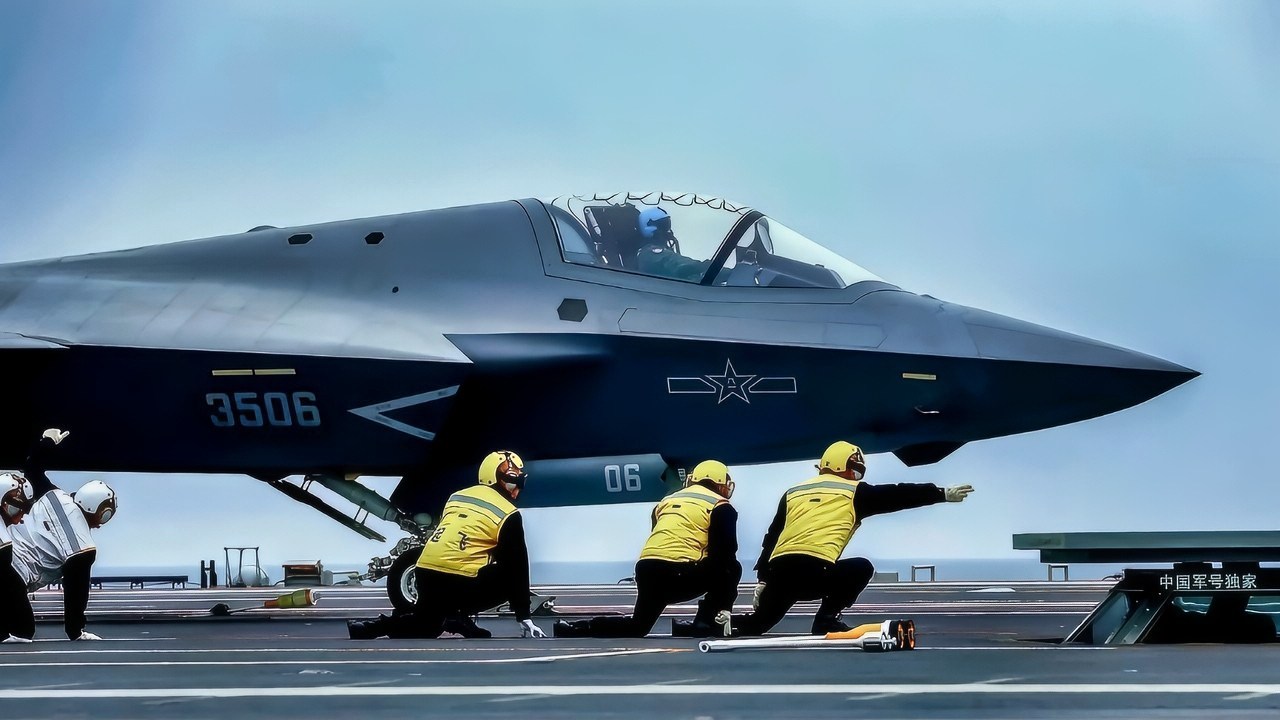
China J-35 Fighter. Image Credit: Chinese Navy/PLAN.

J-35 Factory in China. Image Credit: CCTV Screenshot.
-This impressive hardware, which includes stealth and advanced sensors, poses a serious new threat.
-However, the program has a fatal flaw: its pilots and commanders have zero combat experience and lack the decades of advanced training and doctrine that make American F-35 and F-22 pilots the true masters of the sky.
China’s J-35 Stealth Fighter: The Copycat with a Flaw?
For the last decade, Western defense analysts have been fixated, almost hypnotized, by the spectacle of China’s J-20 Mighty Dragon.
I can still recall journalist David Axe ringing the alarm bells over at The Diplomat when I was an Assistant Editor many years ago.
It’s easy to understand why. It’s a massive, menacing, long-range stealth fighter—a machine purpose-built to hunt American tankers and spy planes from hundreds of miles away. It is, without question, a serious threat.
But I fear we’ve been watching the wrong dragon. At least, I know I have.
In the shadows of the J-20 program, a second, arguably more consequential, stealth fighter has been brought to life. It began its life as a private venture, an export project called the FC-31, and it looked for all the world like a twin-engine, knock-off of our own F-35.
But this “copycat” has now been embraced by the Chinese military, and it is poised to become the single most significant challenger to American airpower in the coming decades.
This is the Shenyang J-35, and it comes in two flavors: a carrier-based version (J-35) for the Navy and a land-based version (J-35A) for the Air Force.
This aircraft is not a “boutique” weapon like the F-22 or even the J-20. This is a machine designed for mass production. It is the workhorse, the volume fighter, the aircraft that will fill the ranks of China’s air-sea fleets and be sold to any nation that can’t buy an F-35.
It is a direct answer to the F-35, and it is aimed squarely at the heart of American global power: the aircraft carrier and the allied air forces that protect the free world.
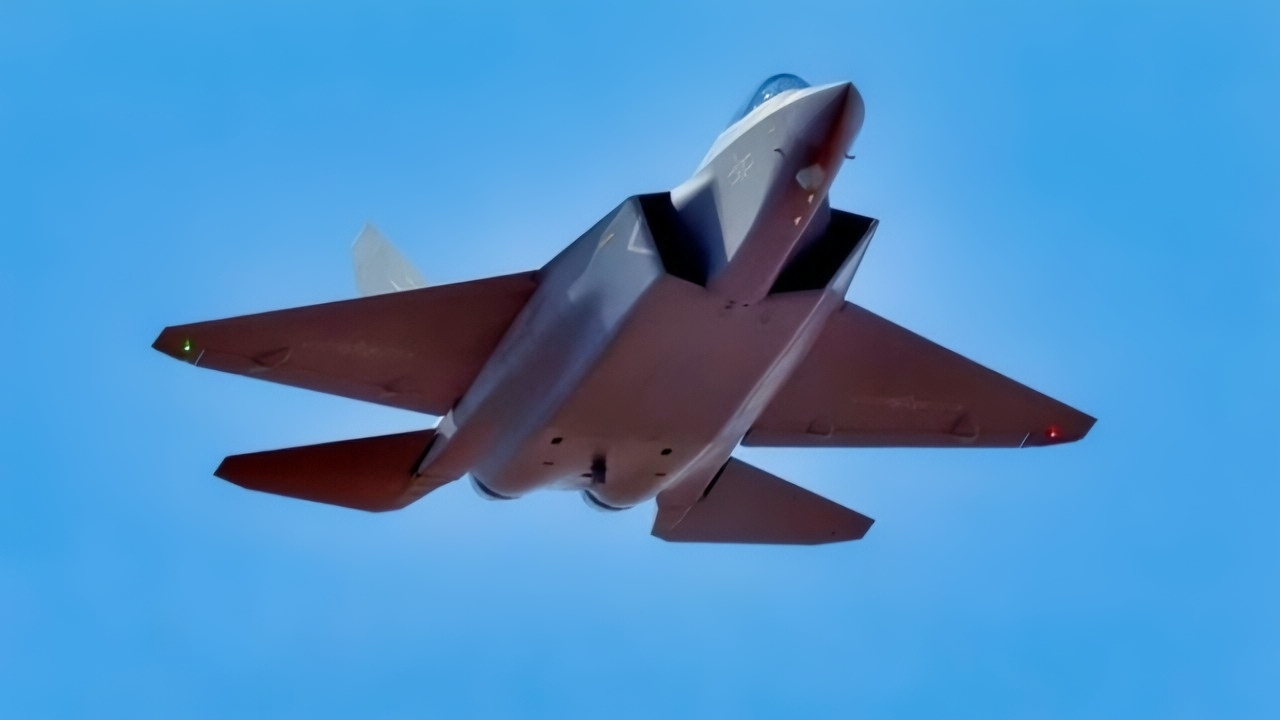
J-35 Fighter from China. Image Credit: PLAAF.
Yet, for all this impressive, stolen-and-repurposed hardware, the program is built on a foundation of sand.
It is missing the one, irreplaceable ingredient that cannot be reverse-engineered or built on a production line.
And that missing piece, that fatal flaw, is the only thing that separates a high-tech airframe from a truly lethal weapon.
A Dream of Blue Water, A “Ski-Jump” Nightmare
To understand why the J-35 exists, you have to understand the deep-seated humiliation that has driven Chinese naval strategy for a century.
For a nation that sees itself as a global superpower, being effectively “bottled up” by the U.S. Navy and its allies—what they call the “First Island Chain“—is an intolerable strategic reality. To break out and become a true “blue water” navy, they needed what every great power has: aircraft carriers.
Their first two carriers, the Liaoning and Shandong, were a start, but they were deeply compromised. They were based on old Soviet designs that used a “ski-jump” ramp for takeoff. Take it from me, a ski-jump carrier is more of a floating political statement than a serious warfighting tool.
Their primary fighter, the J-15 “Flying Shark“—itself a reverse-engineered copy of a Russian Su-33—is a heavy, powerful beast. But it’s too heavy for a ski-jump. It cannot take off with a full load of fuel and weapons. It has to choose one or the other. A fighter that has to decide between having gas or bombs is not a weapon; it’s a parade float.
The Chinese knew this. Their goal was always to build a real, American-style carrier. That is the Type 003, the Fujian—a massive, modern ship equipped with electromagnetic catapults, the same high-tech launch system our own Ford-class carriers use. But this new, powerful carrier needed a new, powerful fighter. The old J-15 was a non-starter. They needed a stealth fighter, a machine that could be launched with a full war load and could actually survive in the high-threat environment of the Western Pacific.
They looked at their options. The big J-20 was a land-based interceptor, never designed to withstand the brutal, controlled crash of a carrier landing. But that other project, the one Shenyang Aircraft Corporation had been developing for export, the FC-31… that looked promising.
It was a twin-engine design, which navies prefer for the safety and redundancy it provides over vast, cold oceans. It was stealthy. And it was the right size. The People’s Liberation Army Navy (PLAN) essentially adopted the program, and the J-35 was born.

J-35A Fighter at Le Bourget Air Show. Image Credit: Author/National Security Journal.

J-35 Fighter. Image Credit: X/Screenshot.
Learning from the Enemy: The “High-Low” Punch
For a time, it seemed the J-35 would be a purely naval project. But the People’s Liberation Army Air Force (PLAAF) was watching, and they were learning from their primary adversary: the U.S. Air Force.
America’s air combat strategy is built on a “high-low” mix. We have a small, exquisite, and untouchably expensive fleet of F-22 Raptors. Their job is to be the “silver bullet,” the apex predator that kicks in the door and establishes air dominance. We cannot afford to build thousands of them. So, we supplement them with thousands of F-35s—a “low-end” (though still incredibly advanced) multi-role fighter that can act as the workhorse, a flying sensor node, and a strike platform.
China, in its own way, had replicated the first half of this equation. Their J-20 is their “high-end” F-22 equivalent. It’s a specialized, long-range interceptor. But it’s also big, complex, and expensive. They, too, cannot build thousands of them.
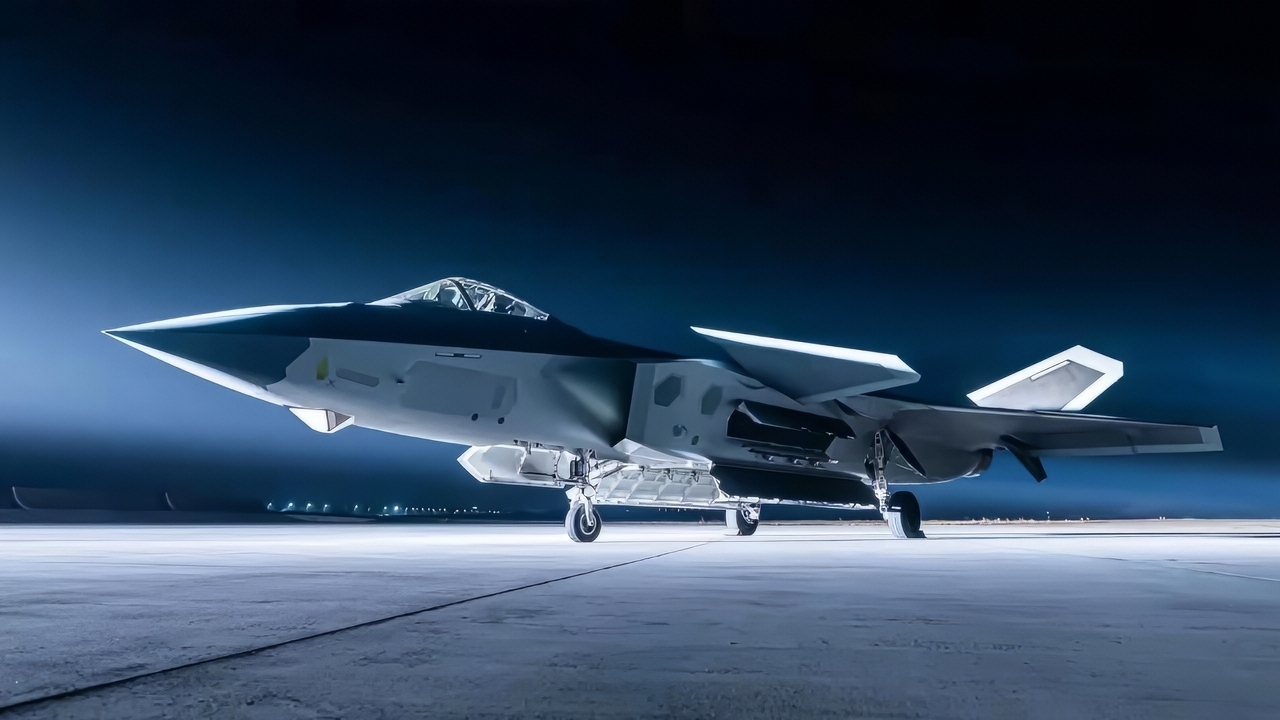
China J-20 Fighter. Image Credit: Chinese Air Force.
When the Air Force saw the Navy’s new J-35, they saw the missing piece of their own puzzle. Here was their F-35. A smaller, cheaper (or so it is presumed), multi-role stealth fighter that they could build in massive numbers.
This is the jet that became the J-35A. It’s nearly identical to its naval sibling but optimized for land-based operations, likely with lighter landing gear and different avionics.
This two-jet strategy is a profound threat. It means that China is no longer just building “show” weapons. It is building a balanced, modern, and comprehensive air force designed for a protracted, high-tech war. They will have the J-20 to hunt our high-value assets and the J-35A to swarm our F-35s and F-16s with sheer, stealthy mass. It is a one-two punch that we must take very, very seriously.
A Global Threat: The Proliferation Problem
And the threat doesn’t end with China’s own military. The original sin of this aircraft, its origin as the export-focused FC-31, remains its core purpose. The J-35 is not just a weapon for China; it is a geopolitical tool.
For decades, the only way for a nation to acquire a fifth-generation stealth fighter was to be a close friend and ally of the United States. We control the F-35, and we only sell it to those we trust. This has given us and our partners—the United Kingdom, Australia, Japan, South Korea, Israel—an incredible, almost unfair, technological advantage in any regional conflict.
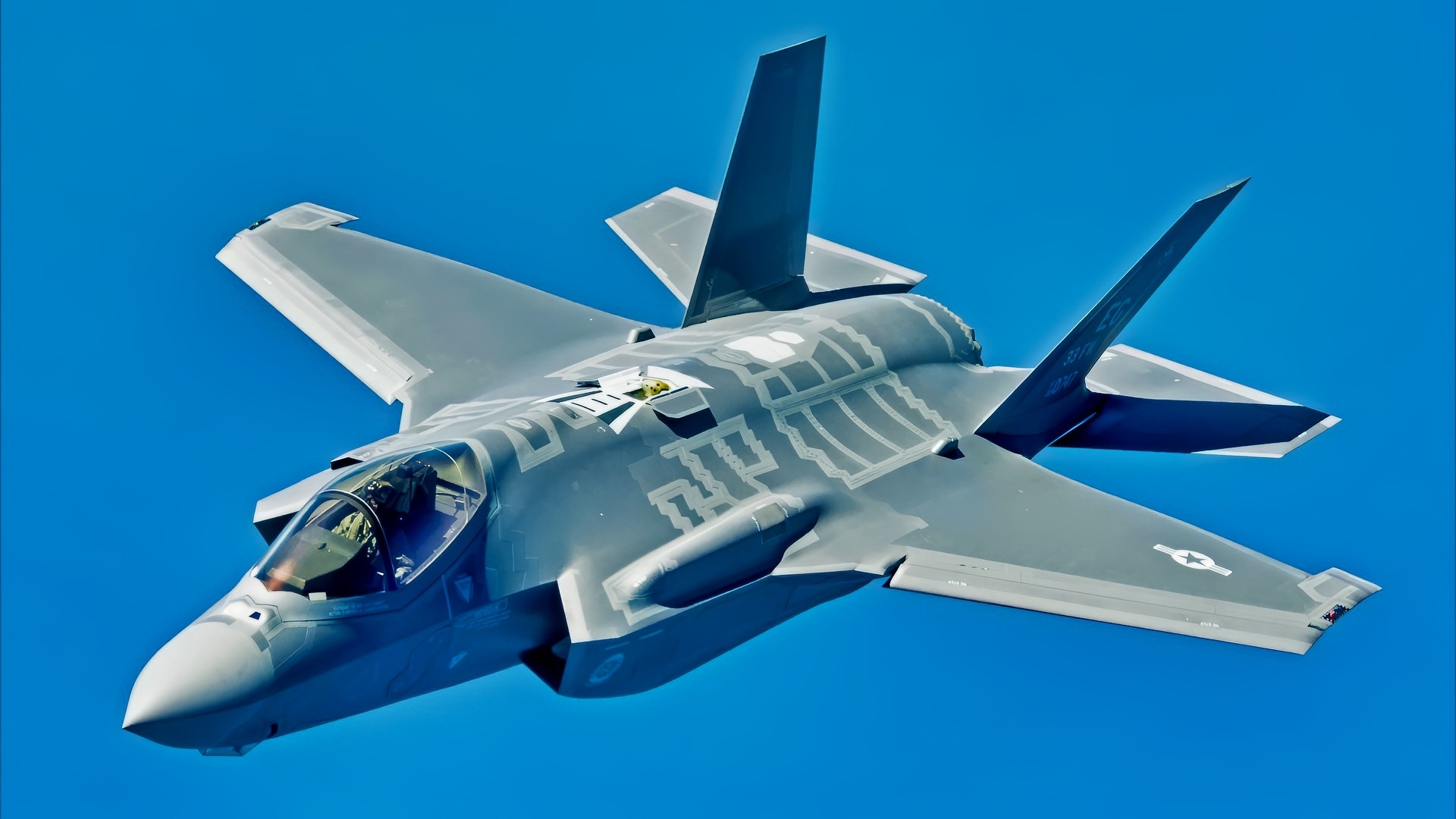
U.S. Air Force F-35A Lightning II Joint Strike Fighter pilots from the 58th Fighter Squadron, 33rd Fighter Wing, Eglin AFB, Fla., navigate their aircraft toward an Air Force Reserve KC-135 Stratotanker from the 336th Air Refueling Squadron, March ARB, Calif., May 16, 2013, off the coast of northwest Florida. The 33rd Fighter Wing is a joint graduate flying and maintenance training wing that trains Air Force, Marine, Navy and international partner operators and maintainers of the F-35 Lightning II. (U.S. Air Force photo by Master Sgt. John R. Nimmo, Sr./RELEASED)
The J-35 is designed to shatter that monopoly. China will sell this aircraft to any nation with the cash, and most especially to nations that are hostile to the United States. Imagine a future, just a few years from now, where Pakistan fields J-35s against India’s Rafales. Imagine the Iranian Air Force, free from sanctions, suddenly equipped with a stealth fighter. Imagine this jet in the hands of Egypt, Saudi Arabia, or any other regional power looking to hedge its bets between Washington and Beijing.
The J-35 is the weapon that will bring stealth proliferation to the rest of the world. It will create a new and far more dangerous reality for American and allied pilots in every potential flashpoint on the globe. An F-35 pilot flying over the Middle East will no longer be able to assume they are the only ghost in the sky.
The Fatal Flaw in 4 Word: Chasm of Human Experience
But for all this impressive hardware, for all the industrial might, for all the clear-eyed strategic planning, the entire J-35 program is built around a fatal flaw.
It is a flaw that China cannot fix with money, cannot steal through espionage, and cannot build on a production line.
The problem is that a fighter jet is just a tool.
The real weapon is the pilot. And even more than the pilot, the real weapon is the ecosystem of training, doctrine, and brutal, hard-won experience that creates that pilot.
Let’s be clear. The Lockheed Martin F-35 program has been flying for nearly two decades. It has, as a fleet, accumulated millions of flight hours. The F-22, its older sibling, has been operationally dominant for almost as long. We, the United States, have a 25-year head start in just figuring out how to use these machines.
Our pilots are trained in a culture of relentless, brutal self-criticism. They fly in the most realistic, large-scale air combat exercises in the world, like Red Flag, where they are pitted against adversaries who know all their tricks. When they land, they go into a debrief where their performance is torn apart, by their peers and by their subordinates, to find every single mistake. That is how they learn. Our doctrine—the very “how-to” manual for fifth-generation warfare—is written in the lessons of tens of thousands of these training sorties.
What does China have? They have a handful of prototypes and a new production line. They have an emerging institutional knowledge of how to fight in a fifth-generation aircraft. Their training philosophy is notoriously rigid, a top-down, Soviet-style system where pilots are often micromanaged from a ground controller and penalized for deviating from a pre-set plan. They have no modern combat experience. None.
In a future war, an American F-35 pilot with 2,000 hours in the cockpit will not be fighting a J-35. He will be fighting a rookie in a J-35. He will be fighting a pilot who has never been in a high-G, “merge” with 40 other aircraft, a pilot whose entire training has been theoretical and scripted. The American pilot will be able to think, adapt, and kill his opponent before the Chinese pilot has even processed what is happening.
This is the chasm. It’s not a gap in technology; it’s a gap in human experience. It will take China decades to build the generation of pilots, commanders, and trainers who can even begin to think on the same level as our own. And by that time, we will be fielding the Next Generation Air Dominance (NGAD) platform, and the cycle will begin all over again.
The J-35 is a credible threat. Its existence complicates our strategy and arms our enemies. But the aircraft itself is not the weapon. The human being in the cockpit is. And in that fight, they are not even in the same league.
About the Author: Harry J. Kazianis
Harry J. Kazianis (@Grecianformula) is Editor-In-Chief and President of National Security Journal. He was the former Senior Director of National Security Affairs at the Center for the National Interest (CFTNI), a foreign policy think tank founded by Richard Nixon based in Washington, DC. Harry has over a decade of experience in think tanks and national security publishing. His ideas have been published in the NY Times, The Washington Post, The Wall Street Journal, CNN, and many other outlets worldwide. He has held positions at CSIS, the Heritage Foundation, the University of Nottingham, and several other institutions related to national security research and studies. He is the former Executive Editor of the National Interest and the Diplomat. He holds a Master’s degree focusing on international affairs from Harvard University. Email Harry: [email protected].
More Military
How an F-16 Fighter Barely Dodged 6 Surface-to-Air Missiles
The Mach 2.15 F-111 Aardvark Has a Message for the U.S. Air Force
The U.S. Army’s Bradley Fighting Vehicle Has a Message for Any Military On Earth
The U.S. Navy’s Great Missile Shortage
The F-14 Tomcat U.S. Navy Fighter Has A Message for Any Military On Earth


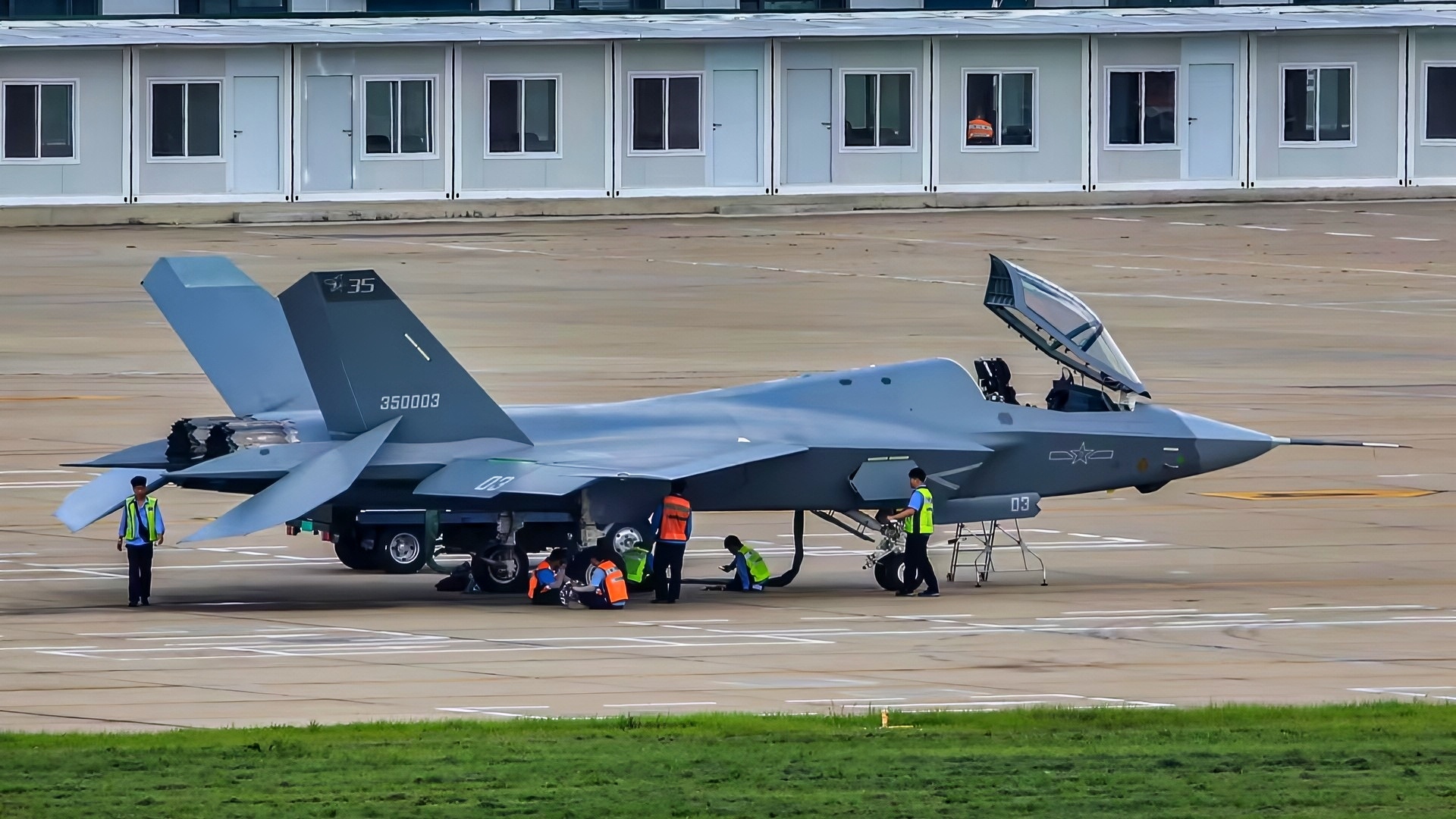








Krystal cane
October 29, 2025 at 4:03 pm
Kung Fu ding dong are those the words?
Lmao
October 30, 2025 at 4:45 am
Average American coping
Fidel Jugo
November 4, 2025 at 6:52 pm
This is assuming the American Fighter Pilots will be fighting Chinese Fighter pilots. Things will be different because of AI, DRONE companion, and Neural networks in development.